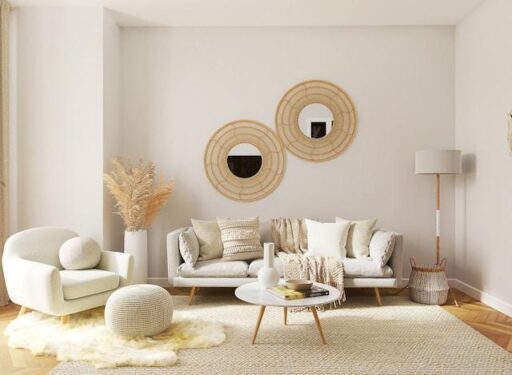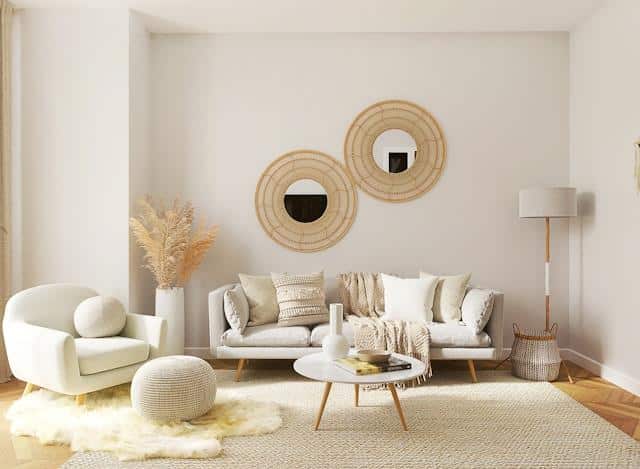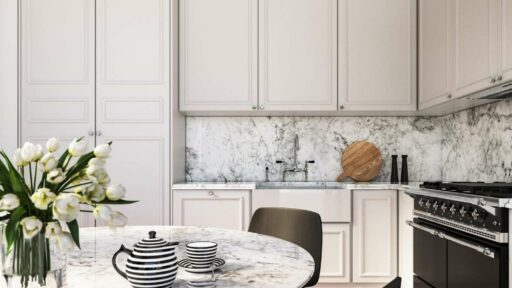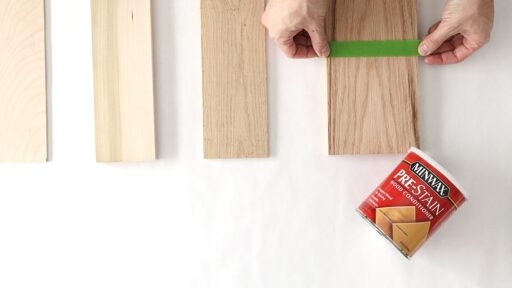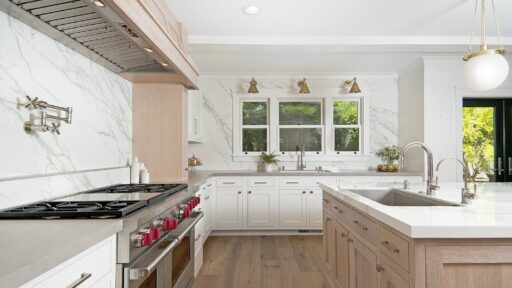Great interior design isn’t just about what you see—it’s about how a space feels when you move through it. The best rooms invite you in, guide your eye naturally from one element to the next, and make you want to stay.
Creating this sense of energy and flow is both an art and a science, combining balance, rhythm, and intentional movement within a home.
Understanding the Power of Movement
Movement in design doesn’t mean physical motion—it’s about creating a visual path that draws the eye around a space. This can be achieved through patterns, lighting, furniture placement, or even how natural light enters a room throughout the day. The goal is to make a room feel alive, yet cohesive.
Interestingly, tools like action cameras have given designers new ways to evaluate how people actually experience a space. By walking through a room while recording, designers can see which areas attract attention or feel cluttered.
This perspective helps refine the layout and flow, ensuring that every part of a room contributes to the overall sense of energy.
The Role of Light and Shadow
Light plays one of the most critical roles in creating movement. A room with balanced lighting—both natural and artificial—can feel dynamic and welcoming at any time of day. When sunlight filters through a sheer curtain or a lamp casts a soft glow across a textured wall, those subtle changes bring the space to life.
Shadow, often overlooked, is just as important. It adds depth and dimension, helping define architectural features or emphasize key décor pieces. Layered lighting—using a mix of overhead, task, and accent lights—ensures your space never feels static or flat.
Using Lines to Guide the Eye
Lines are powerful visual tools. Vertical lines can make a space feel taller, while horizontal lines add a sense of stability. Diagonal or curved lines create motion, leading the viewer’s gaze through the room.
In modern interiors, designers often use lines to connect separate areas, such as a hallway that draws you toward a window or an open shelf that subtly bridges one zone to another. Even something as simple as the angle of a rug or the alignment of artwork can influence how the eye travels through a room.
Balancing Color and Texture
Color contributes to the emotional energy of a room. Warm hues like terracotta and ochre create vibrancy and warmth, while cooler tones such as slate or sage encourage calm and rest. The trick is to balance these moods so that the space feels harmonious rather than overwhelming.
Texture, meanwhile, adds tactile rhythm. Mixing smooth surfaces with rough or matte finishes gives the room depth and variation. For instance, a polished stone countertop against a linen runner, or a woven basket next to a sleek metal lamp, creates contrast that keeps the space visually engaging.
Furniture That Encourages Flow
The arrangement of furniture can make or break a room’s movement. A good layout promotes conversation and accessibility without interrupting the visual flow. Start by considering pathways—how people will walk through the room—and ensure that no furniture blocks the natural route.
Rounded furniture, like circular tables or curved sofas, can soften the layout and help guide movement more organically. In open-plan spaces, using rugs or lighting zones can help define boundaries without creating rigid divisions. The idea is to encourage a natural rhythm between areas for relaxation, dining, and socializing.
Bringing Nature Indoors
Incorporating natural elements is another way to infuse movement and vitality into interior design. Plants, for instance, add a sense of organic rhythm through their shapes, colors, and growth. Even a single large plant near a window can draw the eye upward and connect the interior with the outdoors.
Flowing water features, wood grains, or natural stone patterns can mimic motion found in nature, grounding a space while giving it life. The key is to use these elements in moderation, so they enhance rather than dominate the design.
A Living Canvas
Design in motion is about capturing the essence of life itself—fluid, adaptable, and ever-changing. It’s not about filling rooms with more things, but about creating spaces that feel connected and alive.
When each corner contributes to a sense of flow, the result is a home that energizes and inspires every day.

